Country England Decommission date 1980s | Commission date 1950s | |
 | ||
Coordinates 53°32′18″N 2°37′40″W Status Decommissioned and demolished Construction began 1948 Commission date 1950 Decommission date 1980s Operator(s) British Electricity Authority (1948–1955), Central Electricity Authority (1955–1957), Central Electricity Generating Board (1958–1989) Primary fuel Coal Turbine technology Steam turbine Chimneys 2 Cooling towers 2 Cooling source River water Similar Padiham Power Station, Hartshead Power Station, Fiddlers Ferry power station | ||
Westwood power station cooling towers demolition january 15th1989
Westwood Power Station was a coal-fired power station situated adjacent to the Leeds and Liverpool Canal in Ince-in-Makerfield in Greater Manchester, North West England. The station was constructed in 1950. It used two 314 feet (96 m) tall cooling towers to cool its water. The station was demolished in 1989.
Contents
- Westwood power station cooling towers demolition january 15th1989
- Construction and Grid Infrastructure System
- Power Capability and Cooling System
- References
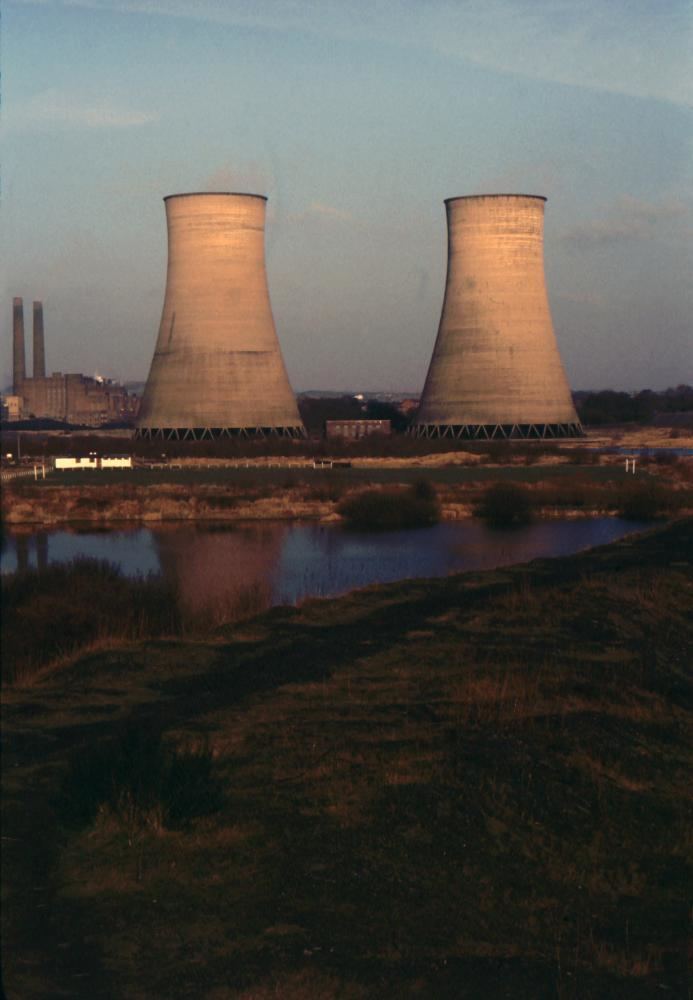
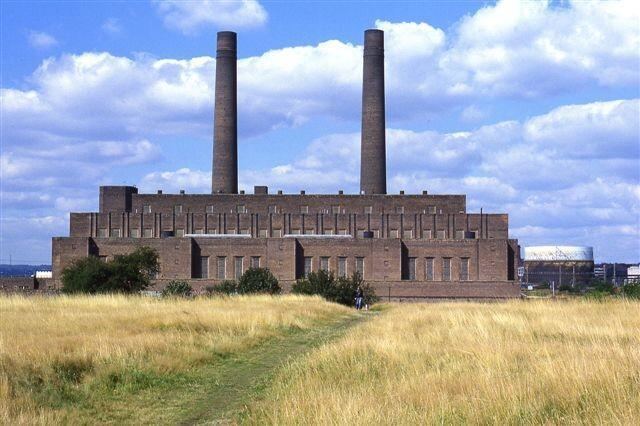
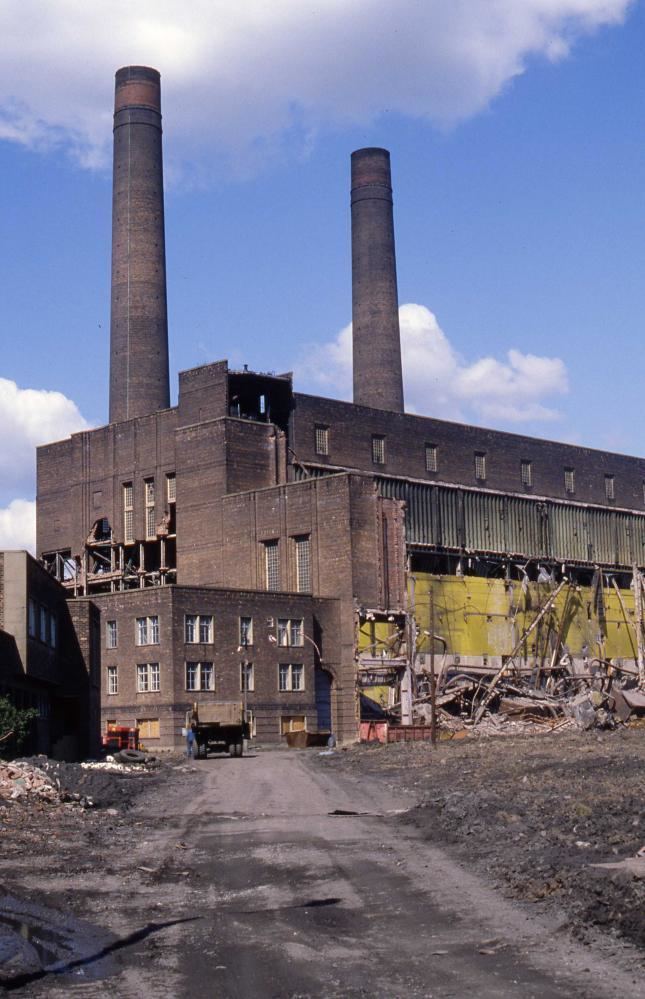
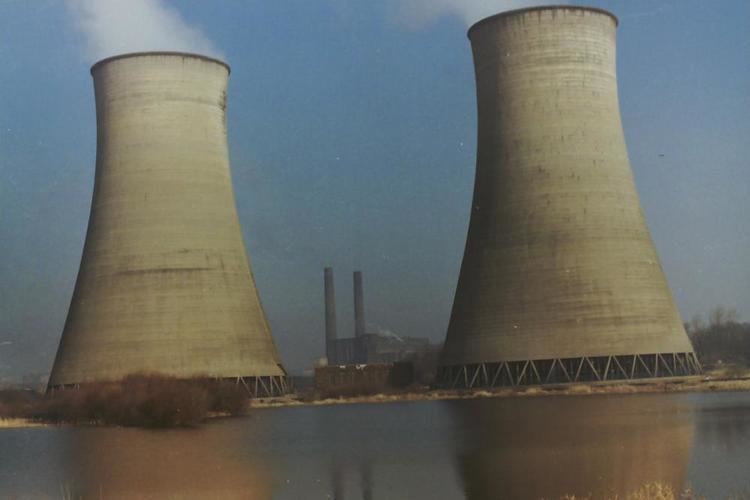
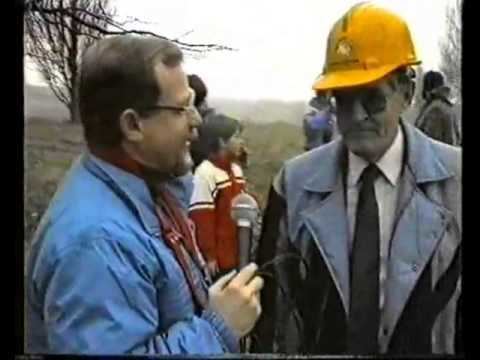
Construction and Grid Infrastructure System
Constructed between 1948 and 1950 by the British Electricity Authority, the station featured two 314-foot cooling towers for water cooling.
Its boiler plant, equipped with five Babcock & Wilcox pulverised fuel-fired boilers, was designed for a steam delivery capacity of 1,425,000 pounds per hour at 660 psi and 393°C.
Post the national grid's establishment between 1928 and 1933, Westwood Power Station became part of a regional grid system. This network also included stations in Southport, Liverpool, Warrington, and Preston, making it a key component of one of the three electricity distribution rings in the North West.
Power Capability and Cooling System
The station had a total power output capability of 128 MW, achieved through four enhanced 32 MW turbo-alternators produced by British Thomson-Houston. Its operational capability was progressively realized with the initial unit starting in September 1951, and subsequent units were brought online in December 1951, September 1952, and December 1953.
Cooling and condensation at the station were managed by two Mitchell hyperbolic cooling towers made of reinforced concrete, each capable of handling 3 million gallons of water per hour.
